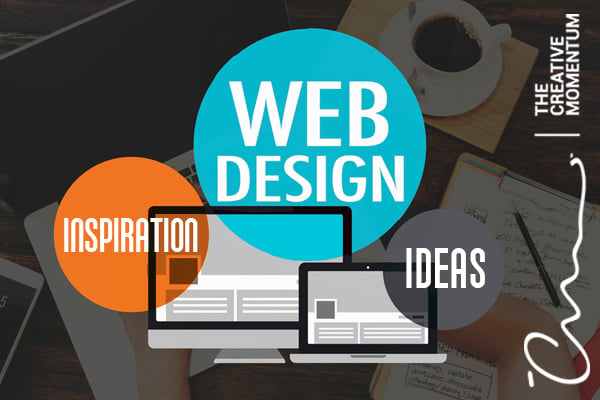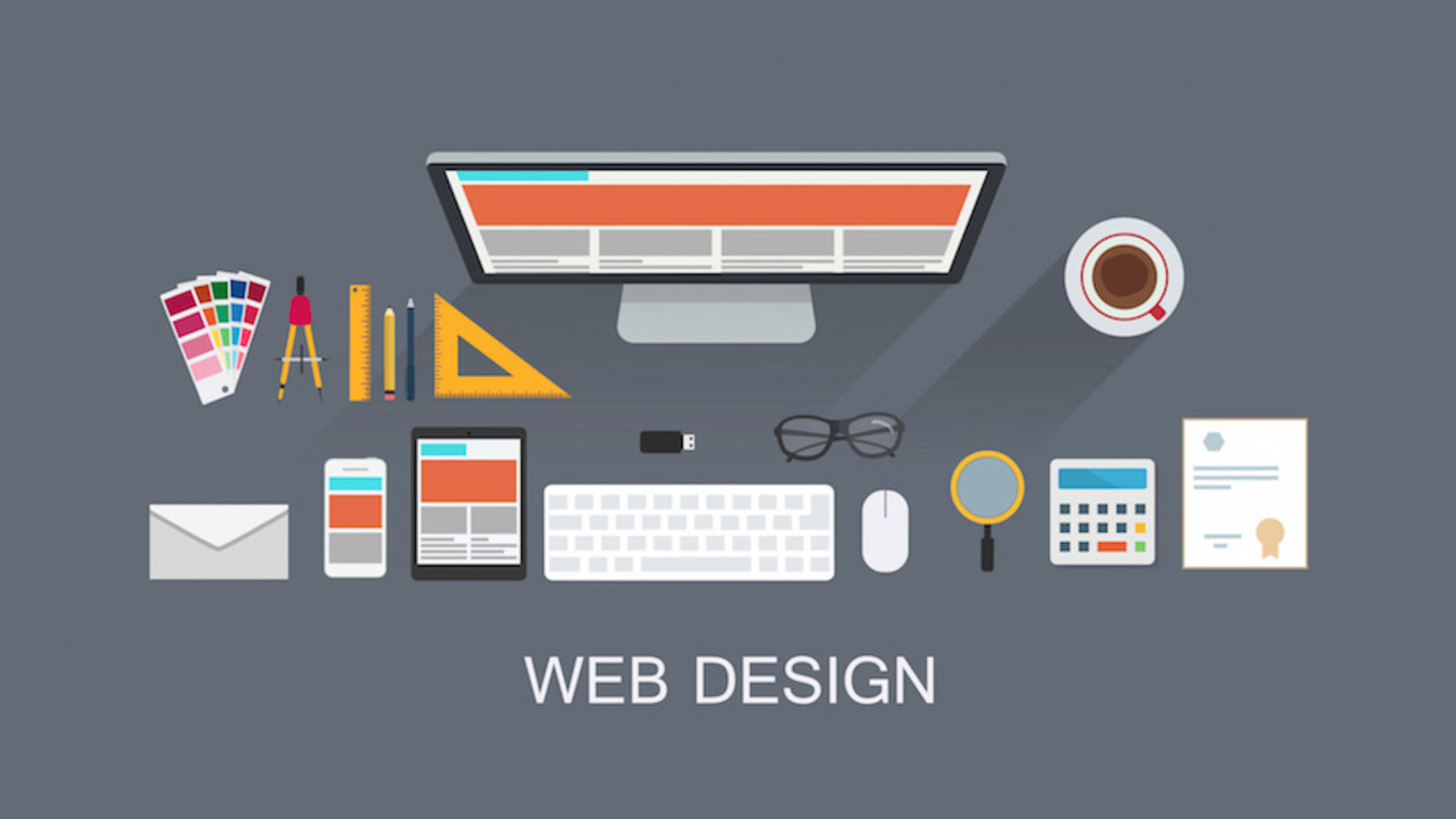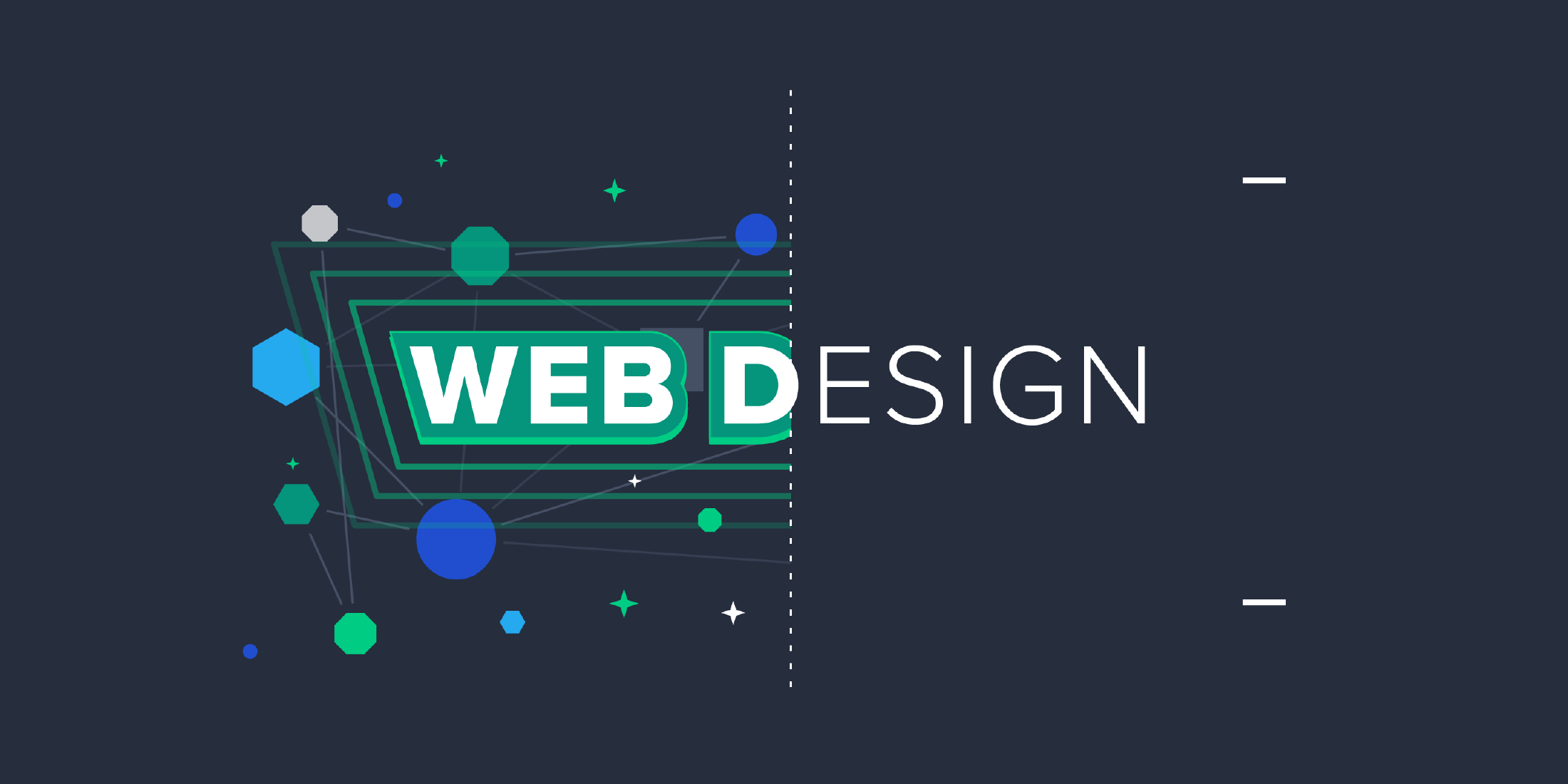All Categories
Featured
Table of Contents
- – Web Design Certificate - Web Development Certi...
- – What Is Web Design? - Interaction Design Foun...
- – Web Design & Seo By Acs - Syracuse Web Design...
- – Web Design - Website Design Tutorials, Articl...
- – Web Design Definition - Techterms Tips and Tr...
- – Learn Responsive Design - Web.dev Tips and Tr...
- – 10 Good Deeds In Web Design - Nielsen Norman...
- – Web Design Services - Verizon Small Business...
- – Web Design Services + Website Development Ag...
- – Responsive Web Design Certification - Freeco...
- – Web Developers And Digital Designers - Burea...
Web Design Certificate - Web Development Certificate Program Tips and Tricks:
Quick summary Functionality and the utility, not the visual design, determine the success or failure of a website. Since the visitor of the page is the only individual who clicks the mouse and therefore chooses everything, user-centric design has established as a standard technique for successful and profit-oriented website design - web design frederick md.
and the utility, not the visual style, determine the success or failure of a site. Considering that the visitor of the page is the only individual who clicks the mouse and for that reason decides everything, user-centric design has actually become a standard technique for successful and profit-oriented web style. After all, if users can't use a function, it may too not exist.
g. where the search box must be placed) as it has actually already been carried out in a variety of posts; instead we concentrate on the methods which, used appropriately, can cause more sophisticated style decisions and simplify the procedure of perceiving provided details. Please observe that you may be thinking about the usability-related short articles we've released prior to: Concepts Of Great Website Design And Effective Web Style Standards, In order to utilize the principles correctly we first require to understand how users interact with websites, how they believe and what are the basic patterns of users' behavior.
What Is Web Design? - Interaction Design Foundation (Ixdf) Tips and Tricks:
Visitors glance at each new page, scan some of the text, and click on the first link that captures their interest or slightly looks like the thing they're searching for. There are large parts of the page they don't even look at. Many users look for something intriguing (or helpful) and clickable; as quickly as some promising candidates are discovered, users click.
If a page provides users with high-quality content, they are willing to jeopardize the material with ads and the style of the website. This is the reason that not-that-well-designed websites with high-quality material acquire a lot of traffic over years. Content is more crucial than the design which supports it.

Users don't check out, they scan. Notification how "hot" areas abrupt in the middle of sentences. This is normal for the scanning process. Very basic concept: If a site isn't able to fulfill users' expectations, then designer stopped working to get his task done effectively and the business loses money. The higher is the cognitive load and the less intuitive is the navigation, the more ready are users to leave the site and look for options.
Web Design & Seo By Acs - Syracuse Web Design - Google ... Tips and Tricks:
Neither do they scan web page in a direct fashion, going sequentially from one website area to another one. Rather users satisfice; they select the very first affordable option. As quickly as they find a link that seems like it might lead to the goal, there is a great opportunity that it will be instantly clicked.
It does not matter to us if we understand how things work, as long as we can utilize them. If your audience is going to act like you're creating billboard, then design terrific billboards." Users wish to be able to manage their internet browser and rely on the constant data presentation throughout the website.
If the navigation and site architecture aren't instinctive, the variety of concern marks grows and makes it harder for users to understand how the system works and how to receive from point A to point B. A clear structure, moderate visual clues and easily identifiable links can help users to find their course to their goal.
Web Design - Website Design Tutorials, Articles And Free Stuff Tips and Tricks:

claims to be "beyond channels, beyond products, beyond circulation". What does it suggest? Considering that users tend to check out websites according to the "F"-pattern, these three statements would be the very first elements users will see on the page once it is packed. The style itself is simple and user-friendly, to comprehend what the page is about the user requires to browse for the answer.
As soon as you have actually attained this, you can communicate why the system is beneficial and how users can take advantage of it. People won't use your website if they can't discover their way around it. 2. Don't Waste Users' Patience, In every job when you are going to offer your visitors some service or tool, try to keep your user requirements very little.
Novice visitors are willing to, not filling long web kinds for an account they might never utilize in the future. Let users check out the website and find your services without requiring them into sharing private data. It's not reasonable to require users to enter an email address to test the function.
Web Design Definition - Techterms Tips and Tricks:
And that's what you desire your users to feel on your web website. The registration can be done in less than 30 seconds as the form has horizontal orientation, the user does not even require to scroll the page.
A user registration alone is adequate of an impediment to user navigation to cut down on inbound traffic. Manage To Focus Users' Attention, As sites offer both static and vibrant material, some aspects of the user interface bring in attention more than others do.
Focusing users' attention to specific locations of the site with a moderate usage of visual aspects can help your visitors to obtain from point A to point B without thinking about how it in fact is expected to be done. The less enigma visitors have, the they have and the more trust they can develop towards the company the site represents.
Learn Responsive Design - Web.dev Tips and Tricks:
Aim For Function Direct exposure, Modern web designs are generally criticized due to their method of guiding users with aesthetically appealing 1-2-3-done-steps, large buttons with visual impacts and so on. From the design point of view these aspects really aren't a bad thing.
The site has 9 primary navigation options which are noticeable at the first glance. What matters is that the content is well-understood and visitors feel comfy with the way they connect with the system.
Instead a cost: just what visitors are looking for. An optimal option for effective writing is touse brief and concise expressions (come to the point as quickly as possible), usage scannable design (classify the material, use multiple heading levels, use visual elements and bulleted lists which break the circulation of consistent text blocks), use plain and unbiased language (a promo does not need to sound like advertisement; give your users some reasonable and objective reason why they must use your service or stay on your site)6.
10 Good Deeds In Web Design - Nielsen Norman Group Tips and Tricks:
Users are seldom on a website to delight in the style; additionally, in the majority of cases they are looking for the details regardless of the style - web design frederick md. Pursue simplicity rather of complexity. From the visitors' point of view, the best website design is a pure text, without any ads or more content blocks matching precisely the question visitors utilized or the material they have actually been trying to find.
Finch clearly provides the information about the website and gives visitors an option of options without overcrowding them with unneeded content. Not just does it assist to for the visitors, but it makes it possible to view the info provided on the screen.
Complex structures are harder to read, scan, analyze and work with. If you have the option in between separating 2 design sectors by a noticeable line or by some whitespace, it's usually better to utilize the whitespace option. (Simon's Law): the better you manage to offer users with a sense of visual hierarchy, the easier your material will be to perceive.
Web Design Services - Verizon Small Business Essentials Tips and Tricks:
The same conventions and guidelines must be used to all elements.: do the most with the least amount of cues and visual components. Clarity: all parts must be developed so their significance is not uncertain.
Conventions Are Our Good friends, Conventional style of website components does not result in a boring website. As they decrease the learning curve, the need to figure out how things work. For circumstances, it would be a functionality headache if all websites had different visual discussion of RSS-feeds. That's not that various from our regular life where we tend to get utilized to standard principles of how we organize data (folders) or do shopping (positioning of products).
comprehend what they're getting out of a site navigation, text structure, search placement etc. A case in point from use sessions is to equate the page in Japanese (presuming your web users do not understand Japanese, e. g. with Babelfish) and provide your functionality testers with a task to discover something in the page of different language.
Web Design Services + Website Development Agency Tips and Tricks:
Steve Krug recommends that it's much better to, however benefit from conventions when you do not. 10. Test Early, Test Typically, This so-called TETO-principle should be used to every website design project as usability tests frequently offer into substantial problems and issues connected to a given design. Test not far too late, not insufficient and not for the incorrect factors.
Some essential indicate keep in mind: according to Steve Krug, and screening one user early in the task is better than testing 50 near completion. Accoring to Boehm's very first law, errors are most regular during requirements and style activities and are the more pricey the later on they are removed.
That indicates that you develop something, test it, fix it and then test it once again. There may be issues which have not been discovered during the first round as users were virtually obstructed by other problems.
Responsive Web Design Certification - Freecodecamp.org Tips and Tricks:

This holds for designers. After you have actually worked on a website for couple of weeks, you can't observe it from a fresh point of view any longer. You know how it is constructed and therefore you understand exactly how it works you have the knowledge independent testers and visitors of your site wouldn't have.
It can be linked to other locations such as graphic style, user experience, and multimedia arts, however is more aptly seen from a technological viewpoint. It has ended up being a big part of individuals's everyday lives. It is tough to imagine the Internet without animated graphics, different designs of typography, background, videos and music.

During 1991 to 1993 the Web was born. Text-only pages could be viewed using an easy line-mode internet browser. In 1993 Marc Andreessen and Eric Bina, produced the Mosaic internet browser. At the time there were multiple internet browsers, nevertheless most of them were Unix-based and naturally text heavy. There had actually been no integrated technique to graphic style elements such as images or noises.
Web Developers And Digital Designers - Bureau Of Labor ... Tips and Tricks:
The W3C was developed in October 1994 to "lead the Web to its complete potential by developing common procedures that promote its advancement and ensure its interoperability." This prevented any one company from monopolizing a propriety browser and shows language, which might have changed the result of the Internet as a whole.
As this has actually taken place the innovation of the web has actually also carried on. There have actually likewise been significant modifications in the way people use and access the web, and this has actually changed how websites are created. Because the end of the browsers wars [] brand-new browsers have been released. Much of these are open source meaning that they tend to have faster advancement and are more encouraging of brand-new standards.
Learn more about Lovell Media Group LLC or TrainACETable of Contents
- – Web Design Certificate - Web Development Certi...
- – What Is Web Design? - Interaction Design Foun...
- – Web Design & Seo By Acs - Syracuse Web Design...
- – Web Design - Website Design Tutorials, Articl...
- – Web Design Definition - Techterms Tips and Tr...
- – Learn Responsive Design - Web.dev Tips and Tr...
- – 10 Good Deeds In Web Design - Nielsen Norman...
- – Web Design Services - Verizon Small Business...
- – Web Design Services + Website Development Ag...
- – Responsive Web Design Certification - Freeco...
- – Web Developers And Digital Designers - Burea...
Latest Posts
53 Web Design Tools To Help You Work Smarter In 2022 Tips and Tricks:
Why Is Web Design Important? - 6 Reasons To Invest In Site ... Tips and Tricks:
What Is Web Design, How To Do It Right And Best Skills - Rock ... Tips and Tricks:
More
Latest Posts
53 Web Design Tools To Help You Work Smarter In 2022 Tips and Tricks:
Why Is Web Design Important? - 6 Reasons To Invest In Site ... Tips and Tricks:
What Is Web Design, How To Do It Right And Best Skills - Rock ... Tips and Tricks: